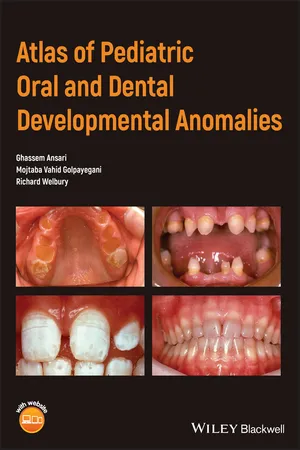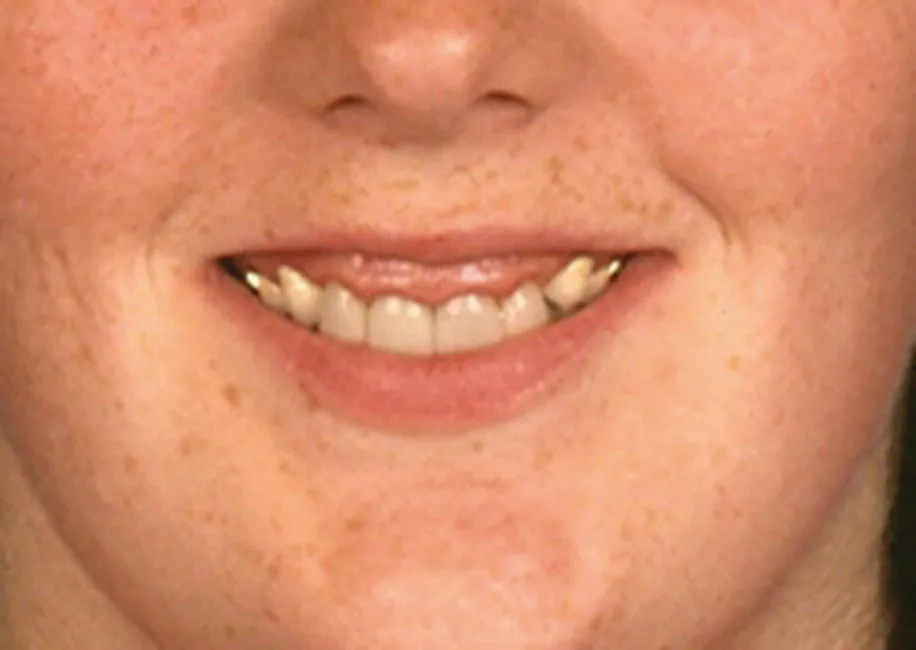
Atlas of Pediatric Oral and Dental Developmental Anomalies
- English
- ePUB (mobile friendly)
- Available on iOS & Android
Atlas of Pediatric Oral and Dental Developmental Anomalies
About This Book
A quick reference diagnostic guide for students and clinicians, covering a wide range of oral and dental developmental anomalies in children and adolescents
Written by world-renowned pediatric dentists, this easily accessible, well-illustrated reference covers a wide range of oral and dental developmental anomalies in children and adolescents, and includes rare as well as more common conditions.
Divided into two parts, the first part is dedicated to normal tissue initiation, formation, and development in the orodental region. The second part offers comprehensive pictorial descriptions of each condition and discussions of the treatment options available.
- A useful, quick reference atlas helping students and clinicians diagnose a wide range of oral and dental developmental anomalies in children and adolescents
- Highly illustrated with clinical photographs
- Describes both common and rare conditions, and explores treatment options
Atlas of Pediatric Oral and Dental Developmental Anomalies is an excellent resource for undergraduate dentistry students, postgraduate pediatric dentistry students, and pediatric dental practitioners.
Frequently asked questions
Information
1
Oral and Dental Anatomy
1.1 The Lips: Macro Anatomy





1.2 The Palate
Table of contents
- Cover
- Table of Contents
- Preface
- 1 Oral and Dental Anatomy
- 2 Histology and Embryology of the Teeth and Periodontium
- 3 Epidemiology and Diagnosis of Teeth Developmental Disturbances
- 4 Etiology and Pathology of Teeth Disturbances
- 5 Eruption Disturbances of Teeth – Etiology and Diagnosis
- 6 Self‐evaluation Section
- Bibliography
- Self‐evaluation Answer
- Index
- End User License Agreement